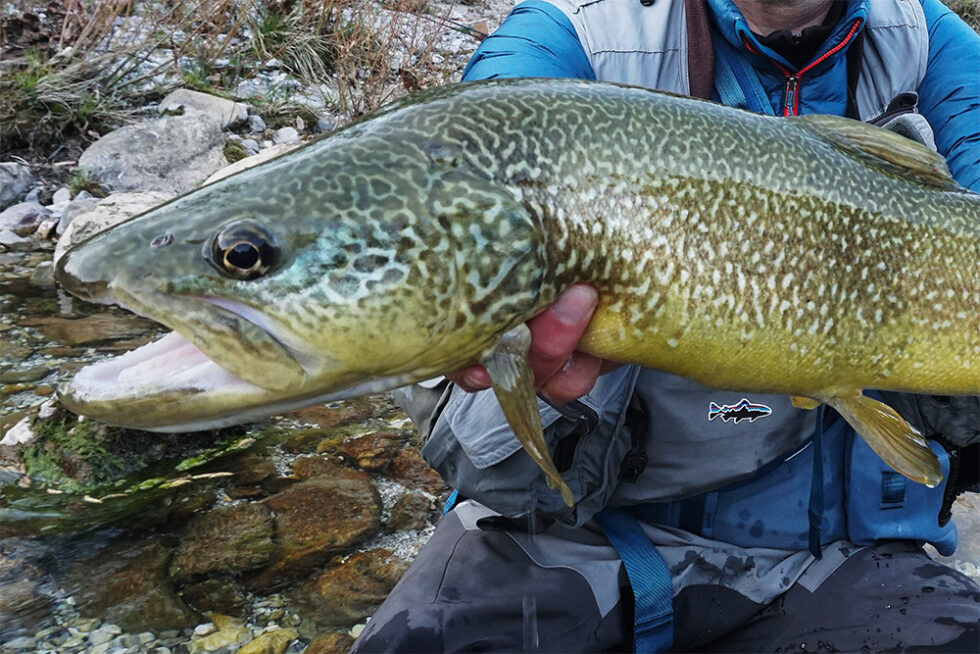
Slovenia stands out as one of Europe’s most enchanting fishing destinations. With its breathtaking landscapes and the opportunity to catch marble trout measuring over 1 meter, it offers an unparalleled fishing experience. While it is indeed possible to find such fish in Italy, it is a rarity, making Slovenia an attractive choice for many Italian anglers.
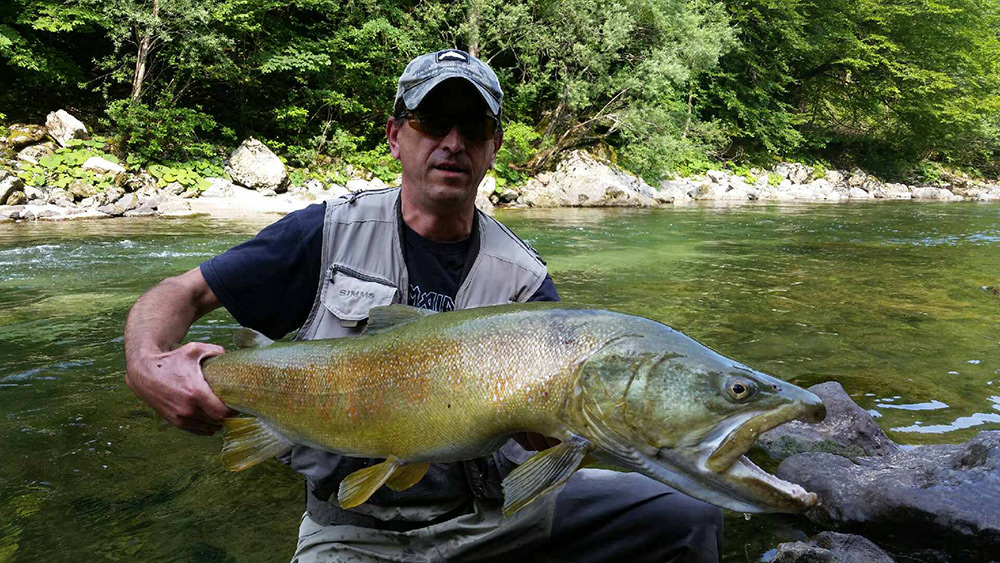
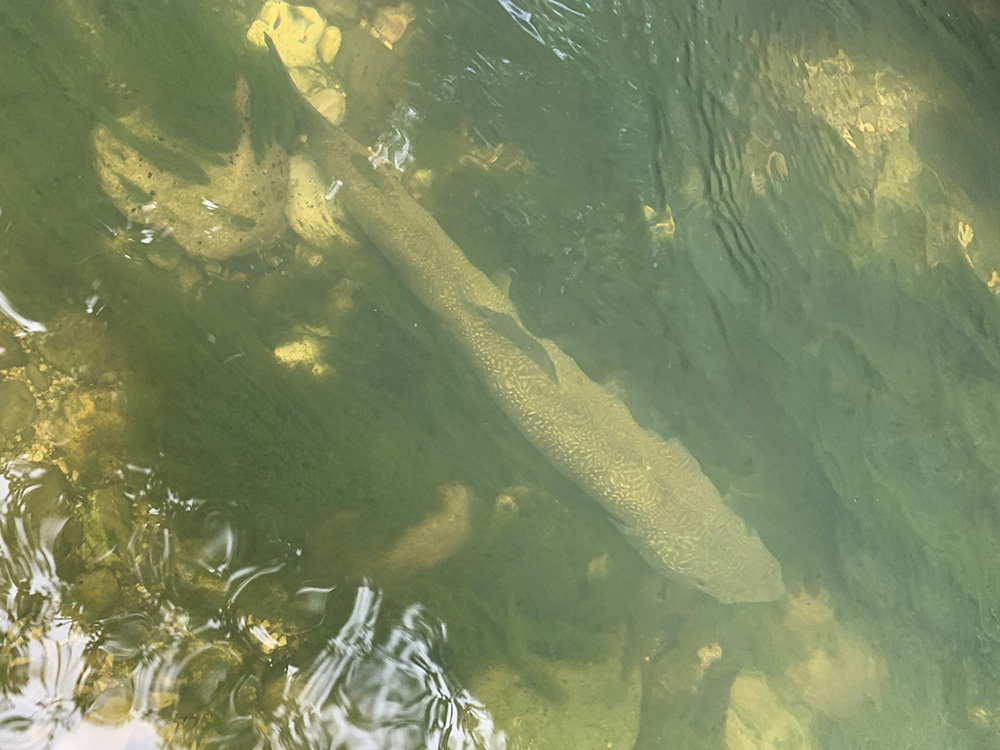
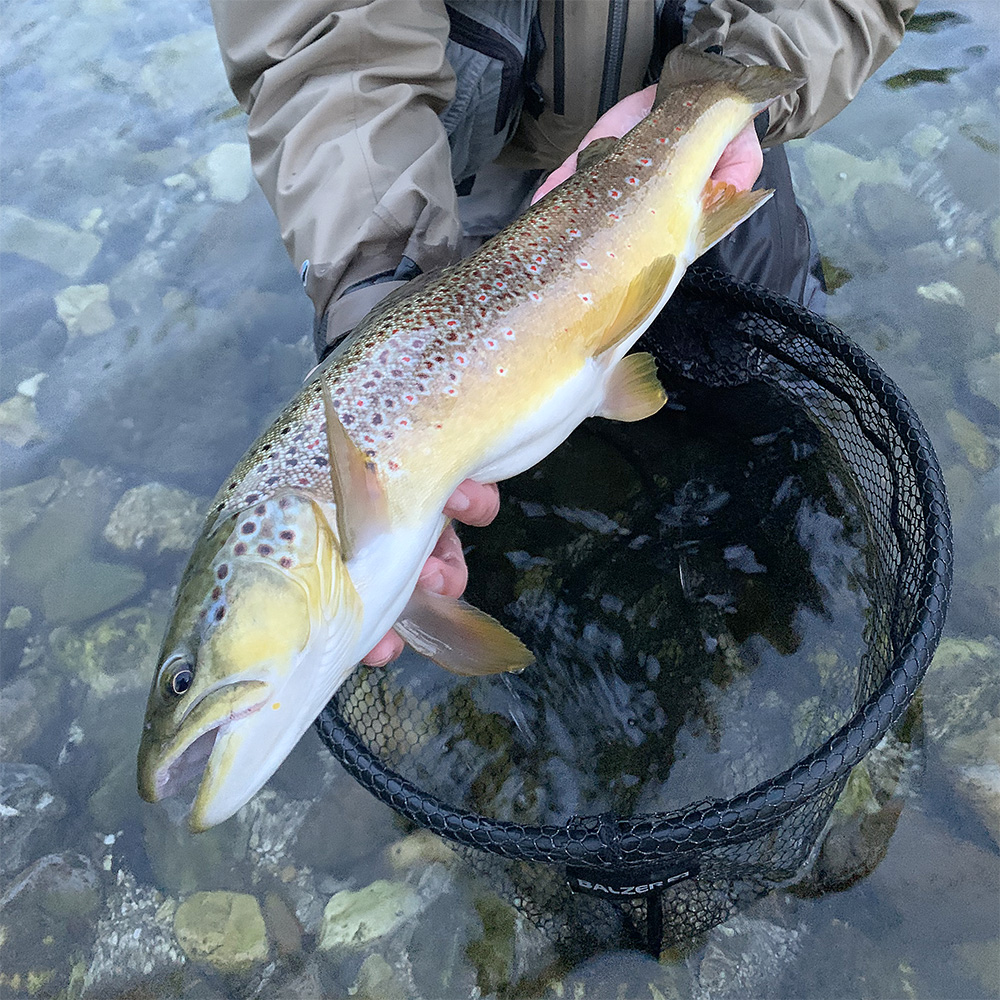
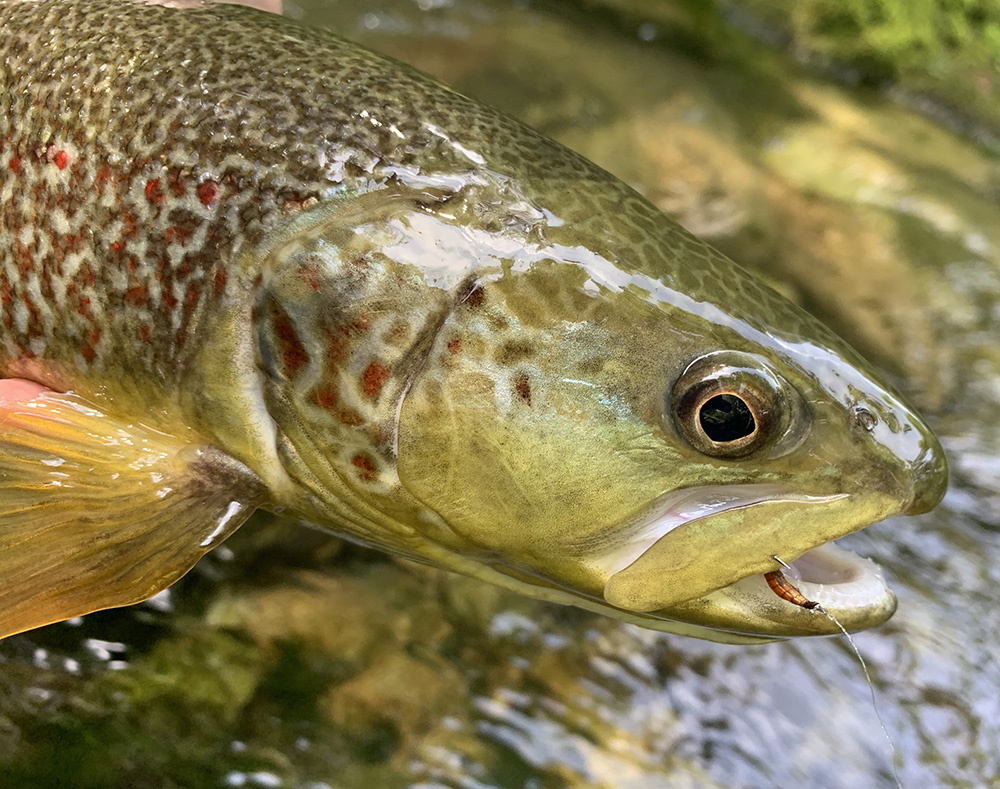
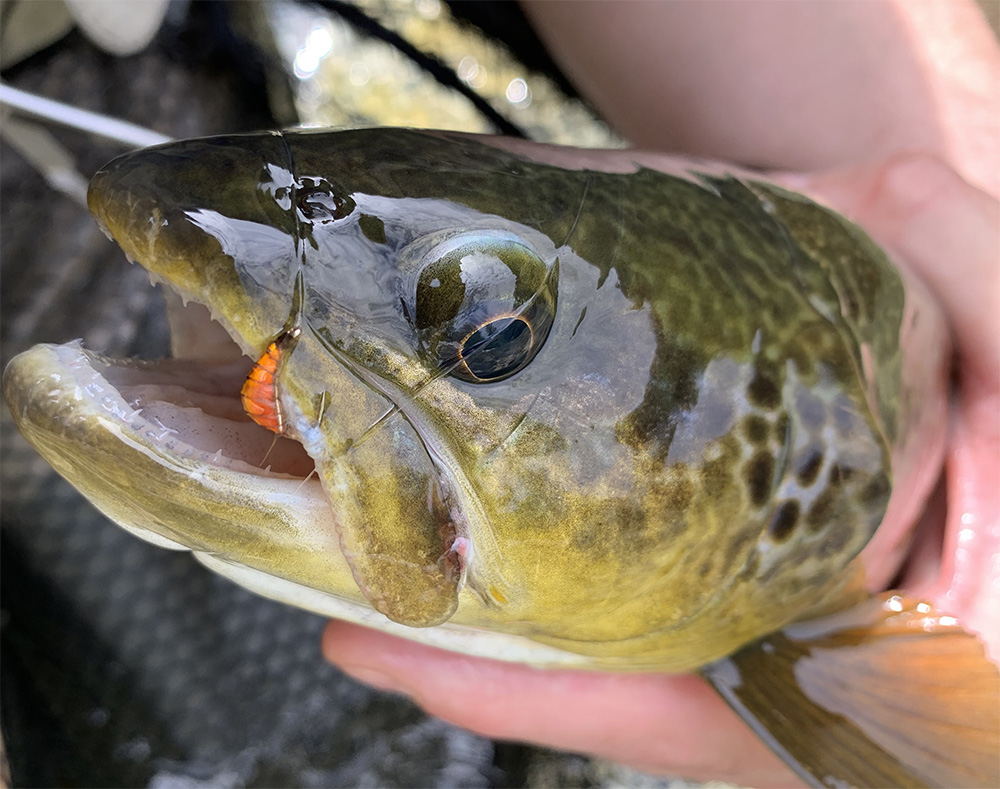
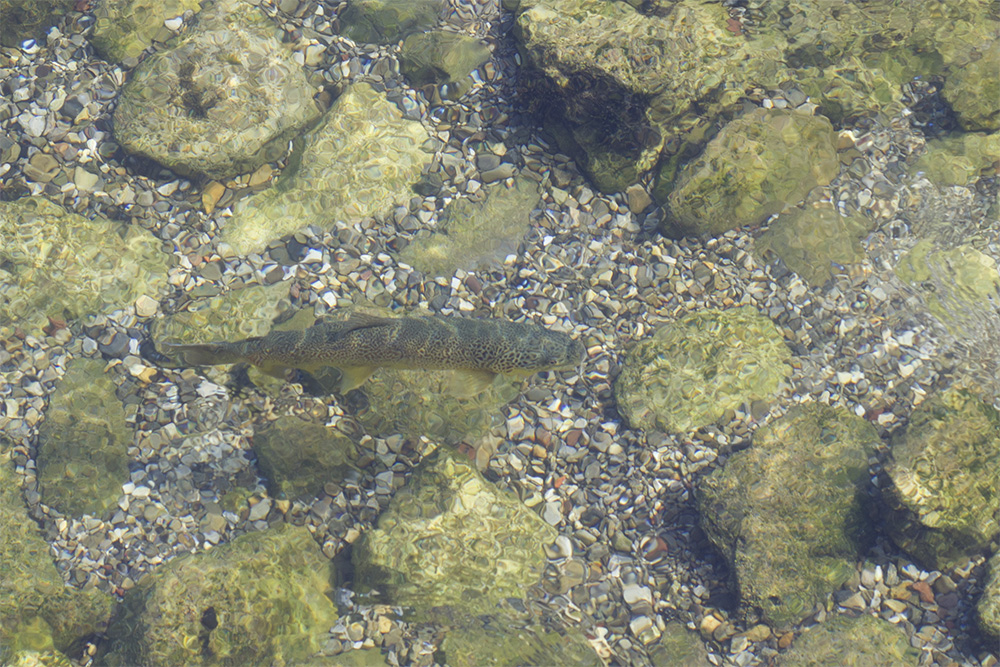
The waters of Slovenia, particularly those that flow into the Mediterranean Sea, are home to fish with unique behaviors. In rivers like Soca and Idrijca, you’ll encounter marble trout, rainbow, brown trout, hybrids (a mix between marble and brown trout), and graylings. Fishing in these rivers differs significantly from those that flow into the Danube. The rivers Soca and Idrijca are known for their outstanding clarity and are home to large, cautious and difficult to catch fish.
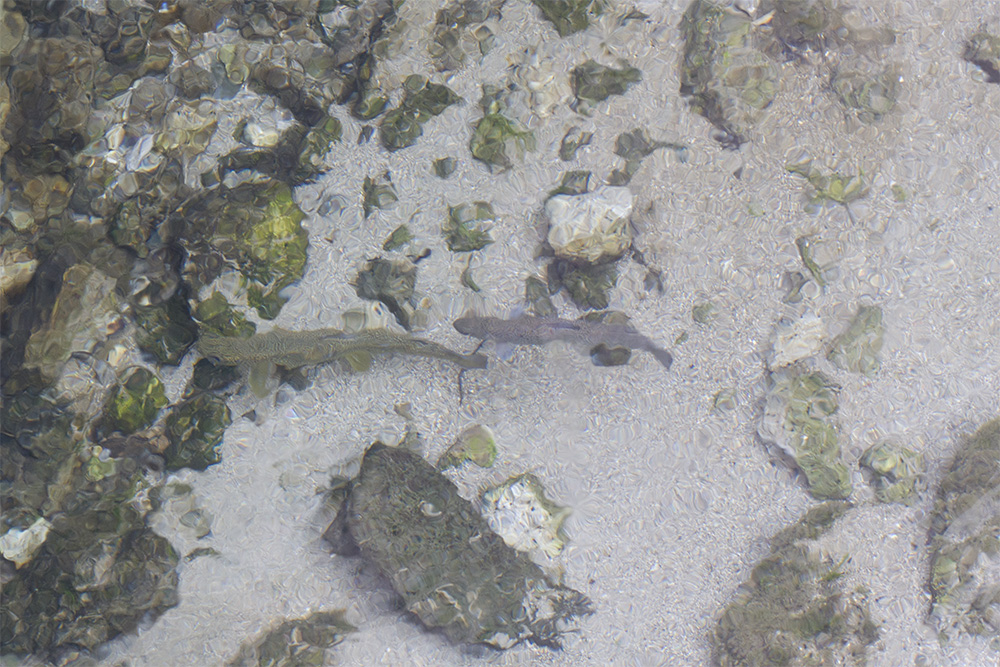
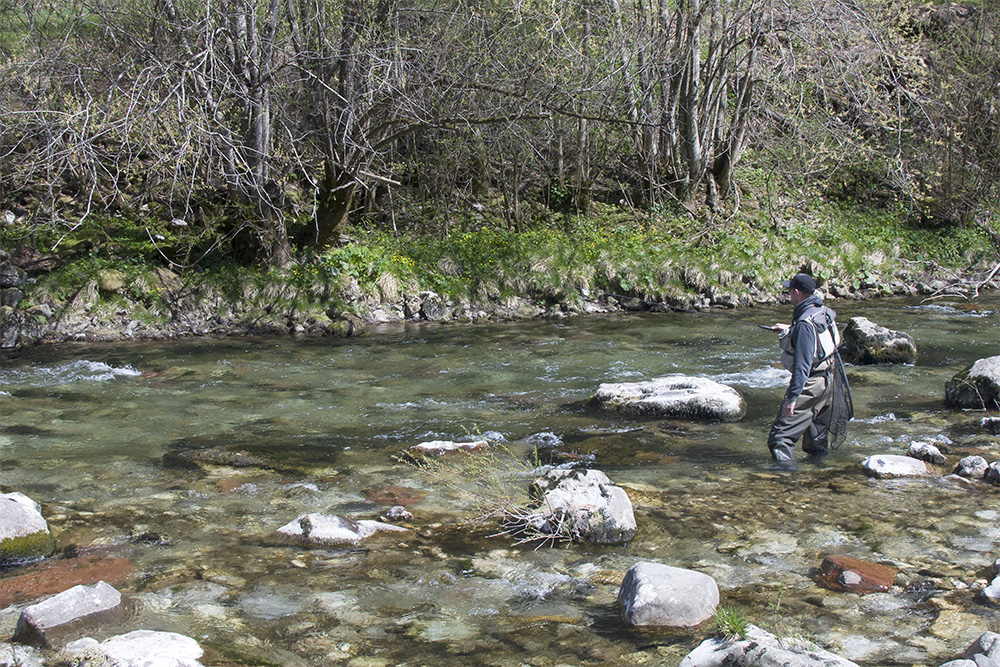
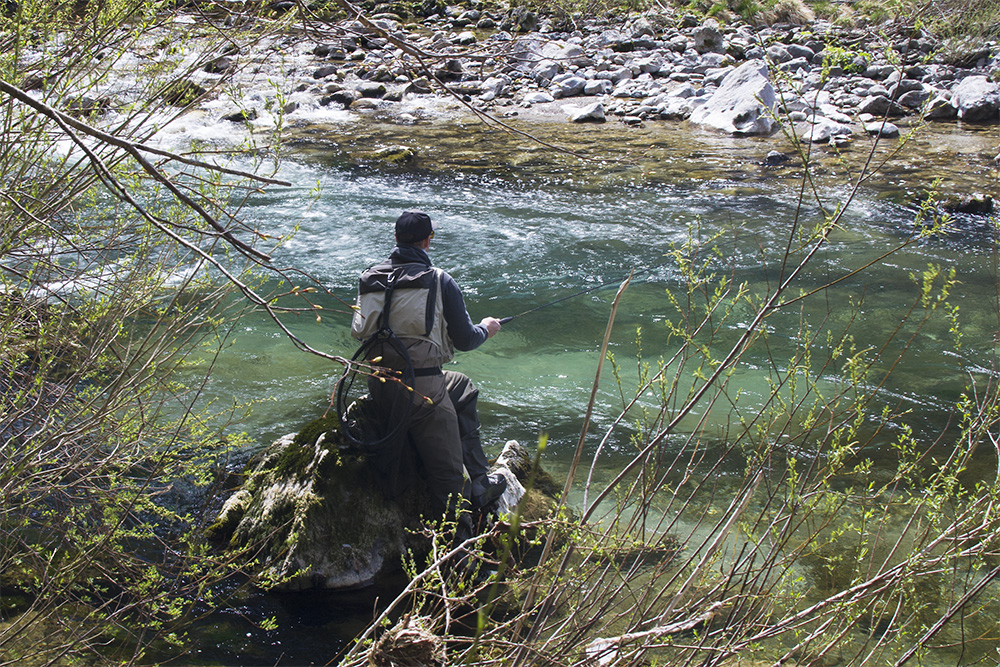
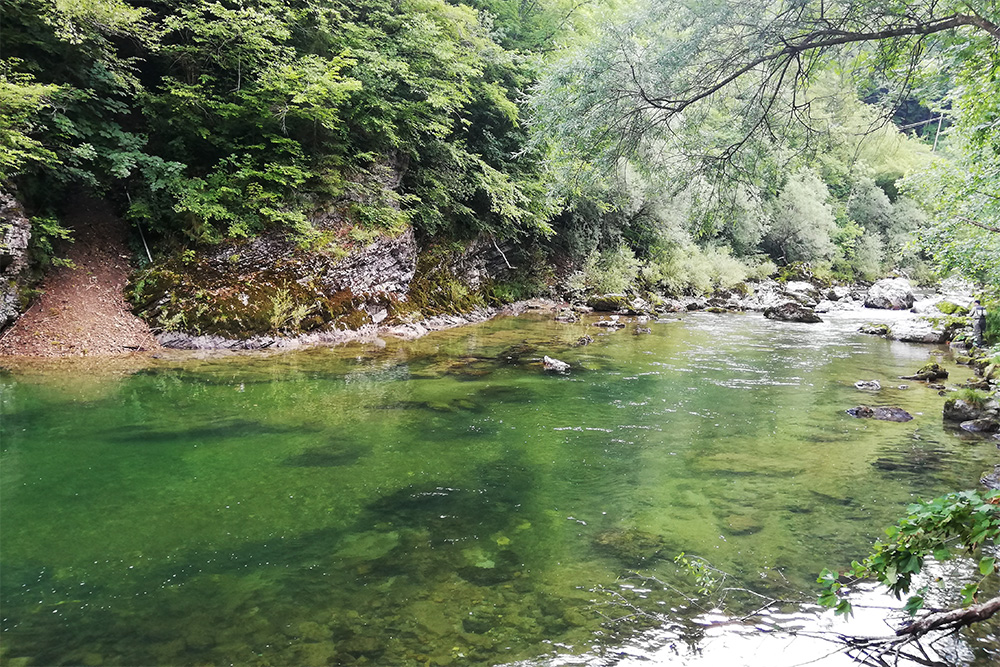
In these rivers, it’s not a matter of wading in the spot and simply casting left and right and hoping for a bite. Rather, the approach involves carefully walking along the riverbank and observe the river until you spot the fish, and then attempting to catch it. The technique, fishing locations, and understanding the fish’s behavior are key factors in achieving success in these exceptional waters. Every time I fish in Slovenia with Jan and Rado, I learn something new: I correlate the behavior of the fish with that of the insects, depending on the rains or if the river has increased or, on the contrary, decreased. If it’s hot or cold, if the wind is blowing or if it’s raining. Everything is very interesting and captivating.
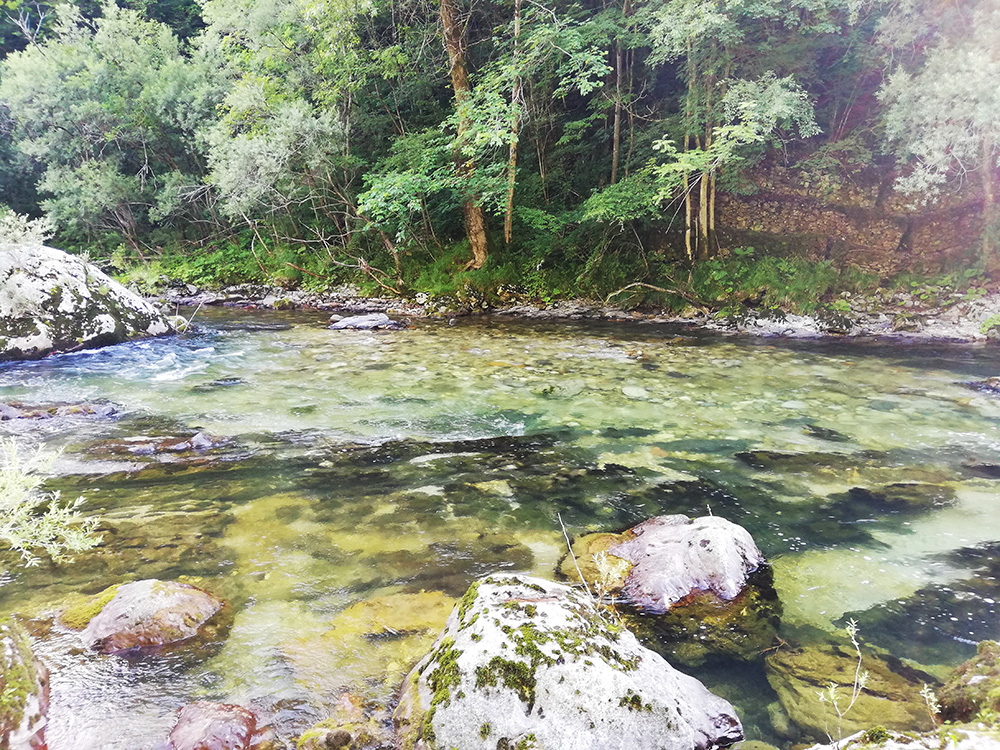
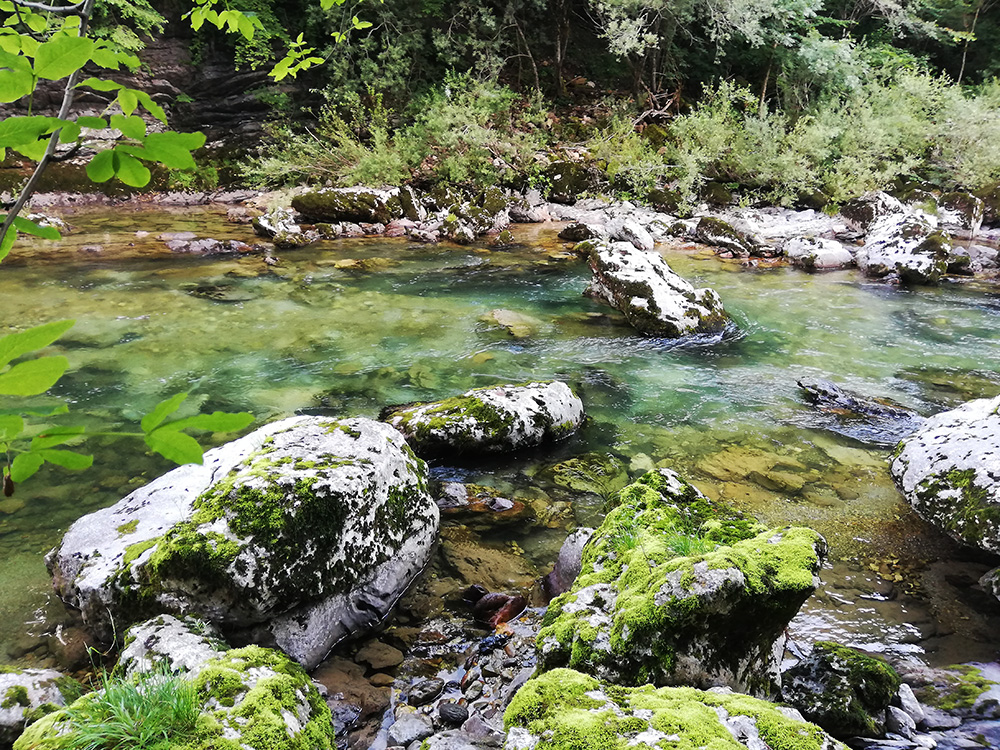
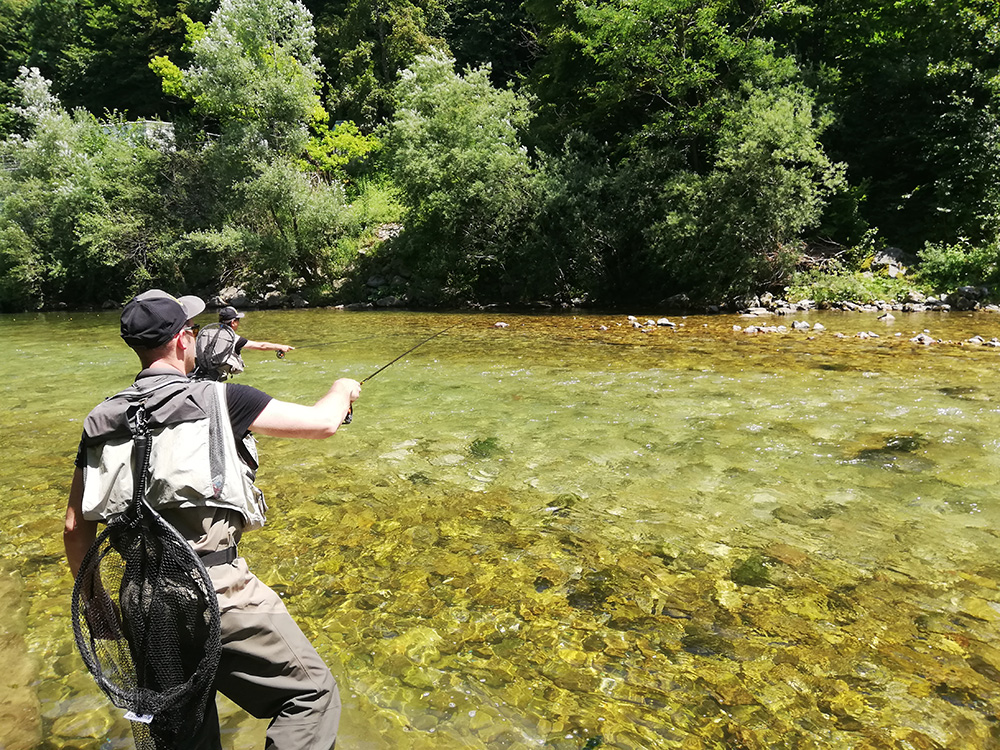
In the spring of this year (2023) I fished using the “on sight” technique on a tributary and in the upper part of the Idrijca river. There was a lot of sun, the water was low and extremely clear.
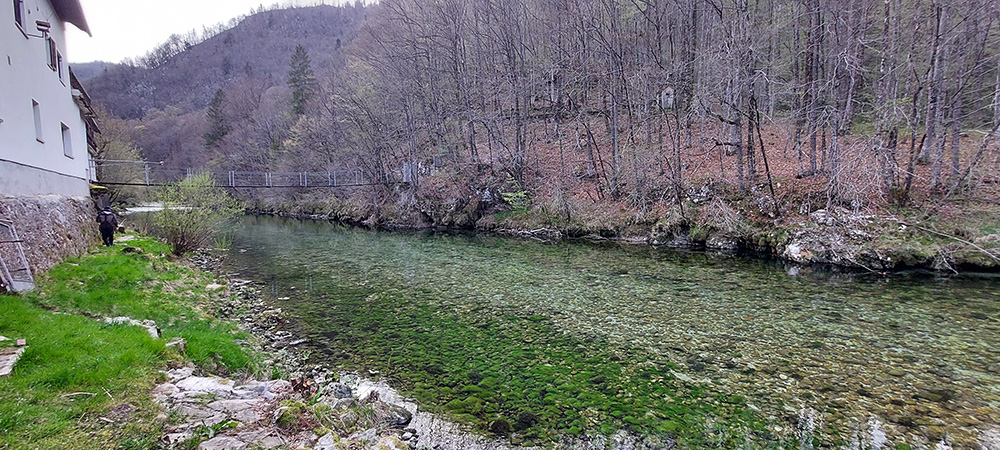
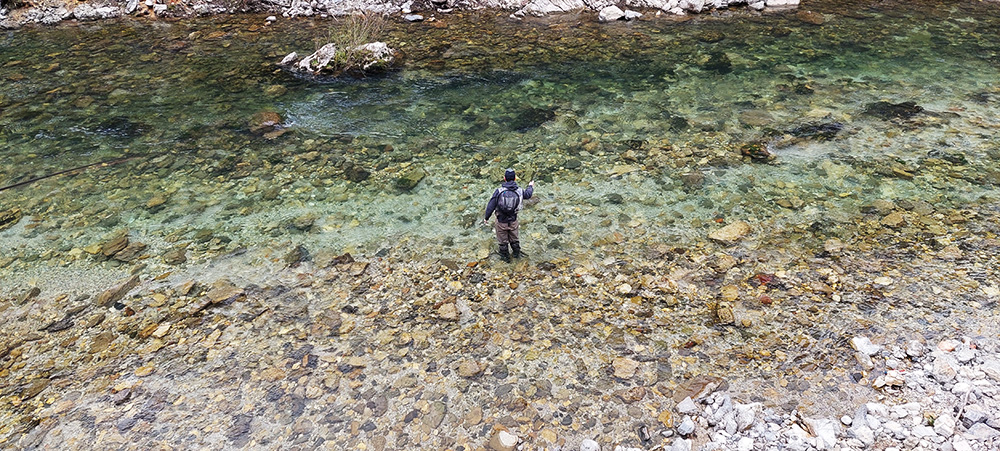
The fishing was difficult but the reward was adequate: extremely beautiful and aggressive fish. I fished mainly with Jan’s flies, the nymphs that were the most effective.
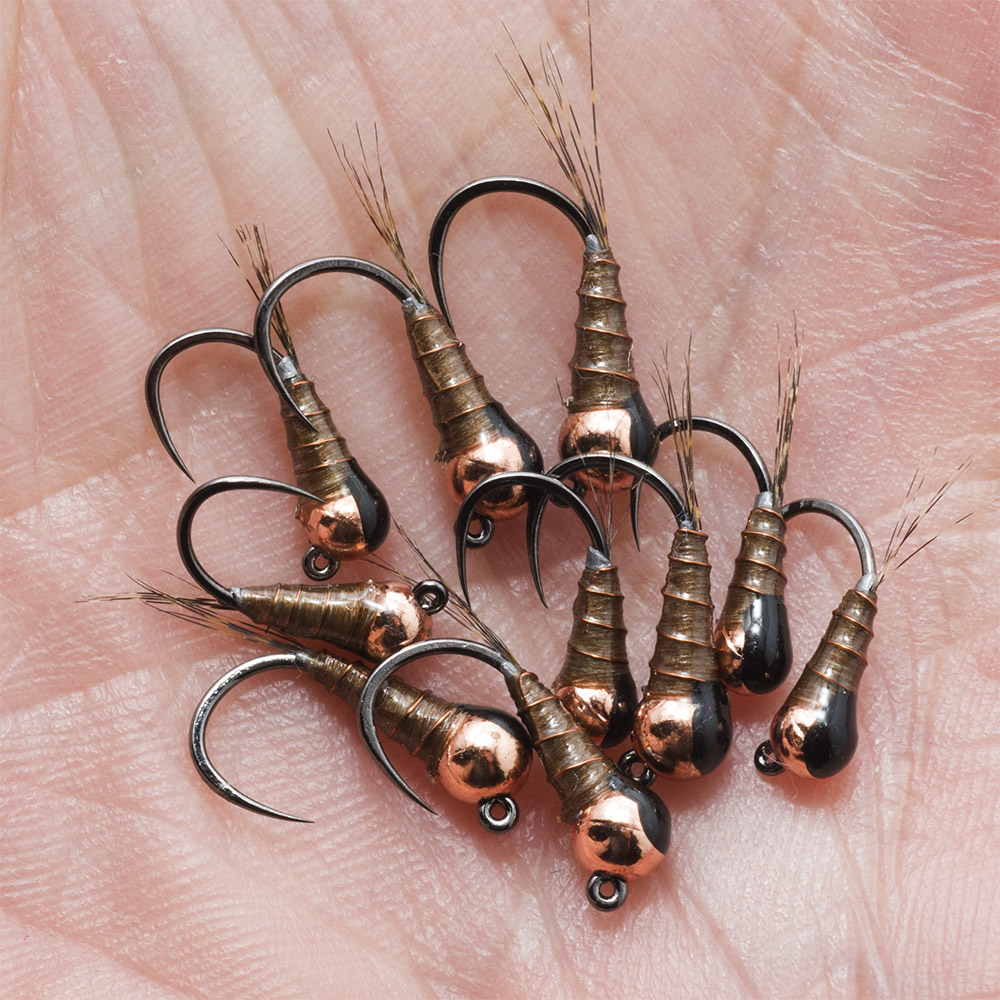
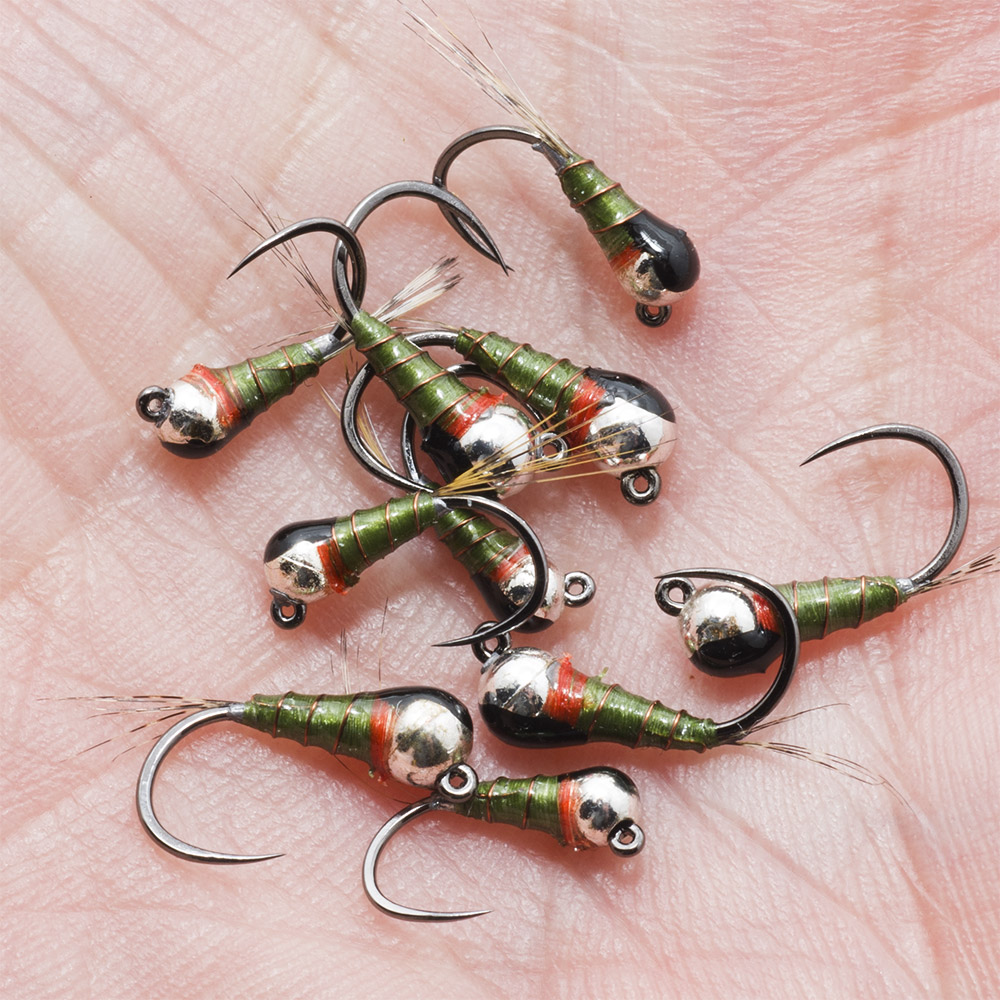
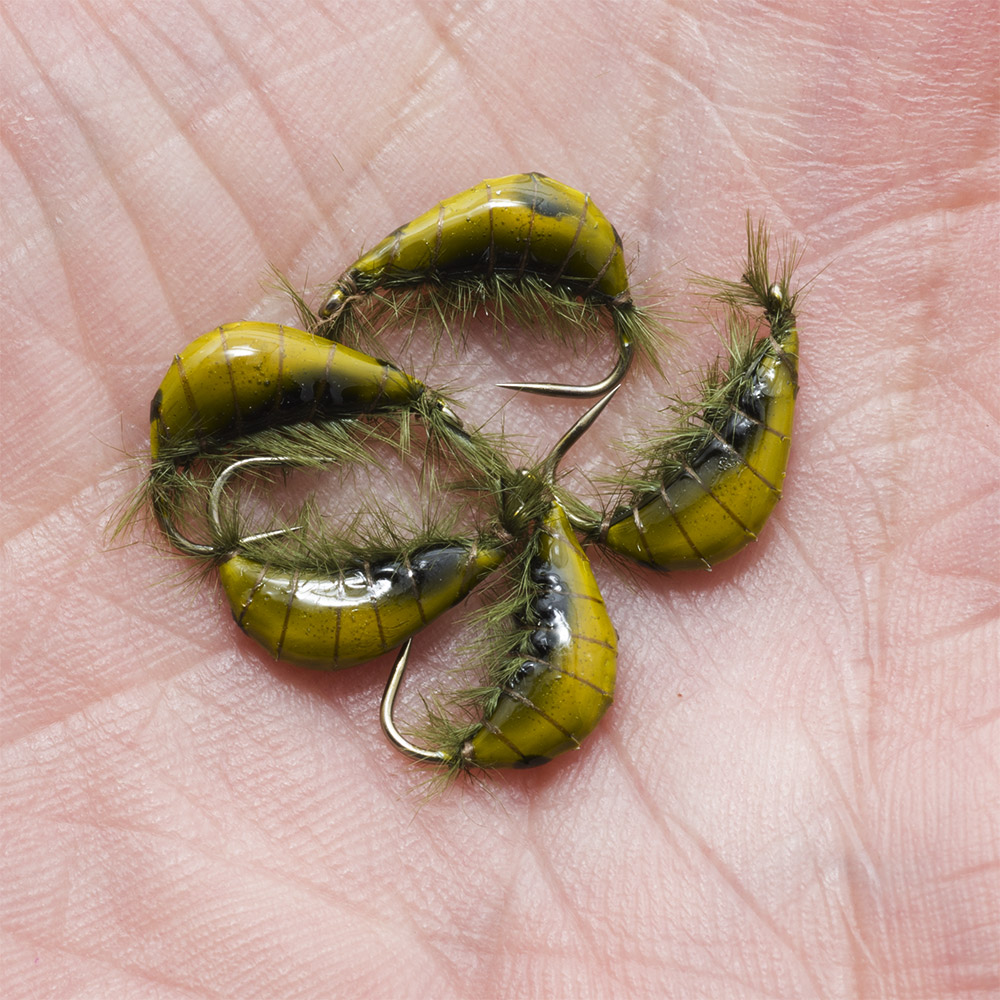
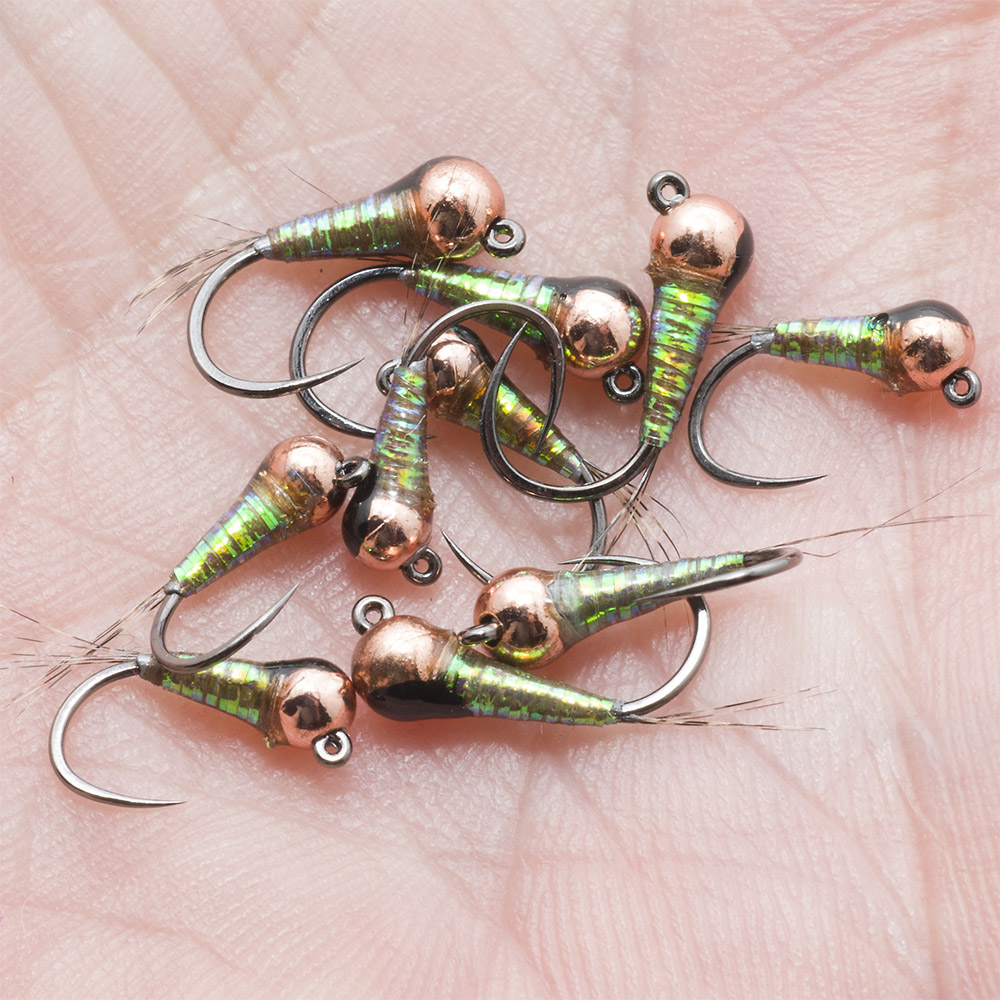
Sometimes I also used my spider nymphs but they were too light to cast at the distance I could cast Jan’s.
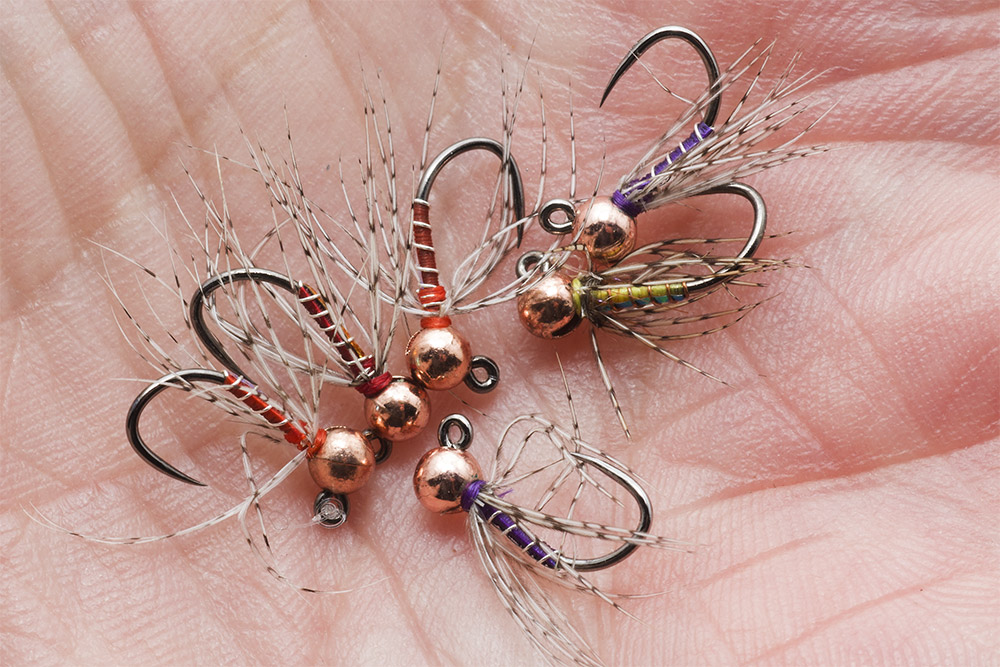
For those who are at the beginning, here are some ideas and important points that can help to master the technique.
- Choose the right location: for beginning look for very clear and low level rivers where trout or grayling can be easily spotted.
- Fish watching: Observe the water for feeding fish and look for structures and boulders where trout may be swimming. Focus on active fish on the surface or in the water.
- Positioning: Approach the fish from below and avoid casting a shadow over the fishing area. Be cautious not to position yourself upstream from the fish, as any movement can startle them.
- Equipment: Use long and fine rods capable of launching and controlling a 0.5 gram nymph. Opt for a good reel and dedicated nymphing line . Avoid bulky lines, better use monofilament instead. Avoid using floating indicators.
- Presentation of the nymph: Accurately cast the nymph about 1 meter or more in front of the fish and let it drift naturally with the current. Try to jig it a little bit to induce the attack. Avoid pulling it directly in front of the fish, as this may scare it away.
- Detection of the strike: It can be challenging to detect the fish’s attack, so stay focused. Look for any unusual movement or if the fish opens its mouth, indicating a strike. Red gills are a sign that the fish has taken the nymph.
- Consistency and practice: Sight fishing with nymphs offers an exciting visual experience. Practice throughout the year when fish are active and water is clear. Mastering this technique requires patience, perseverance, good casting technique, and understanding fish behaviour and currents.
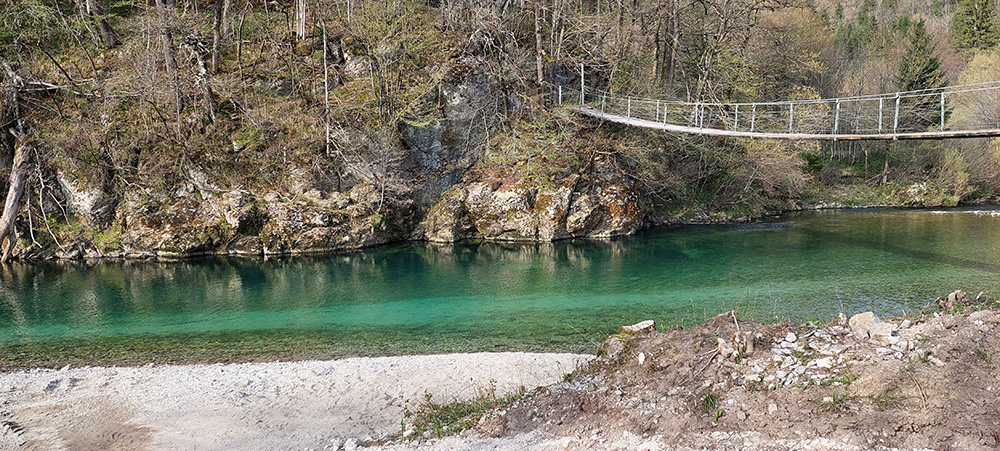
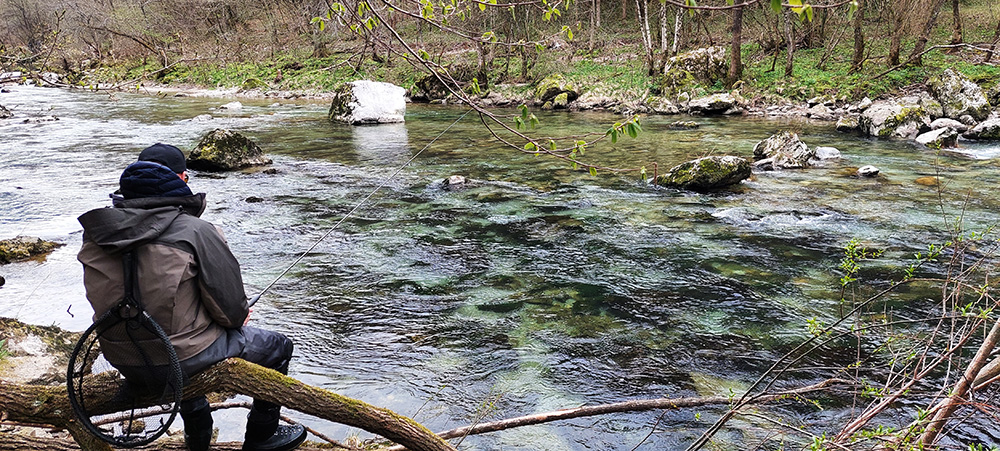
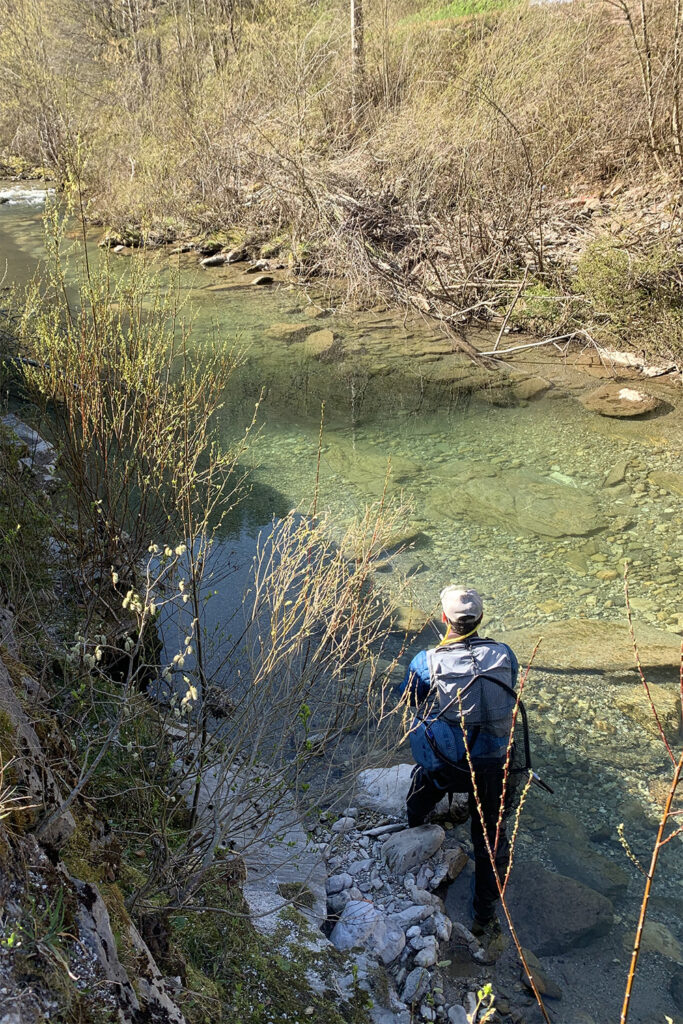
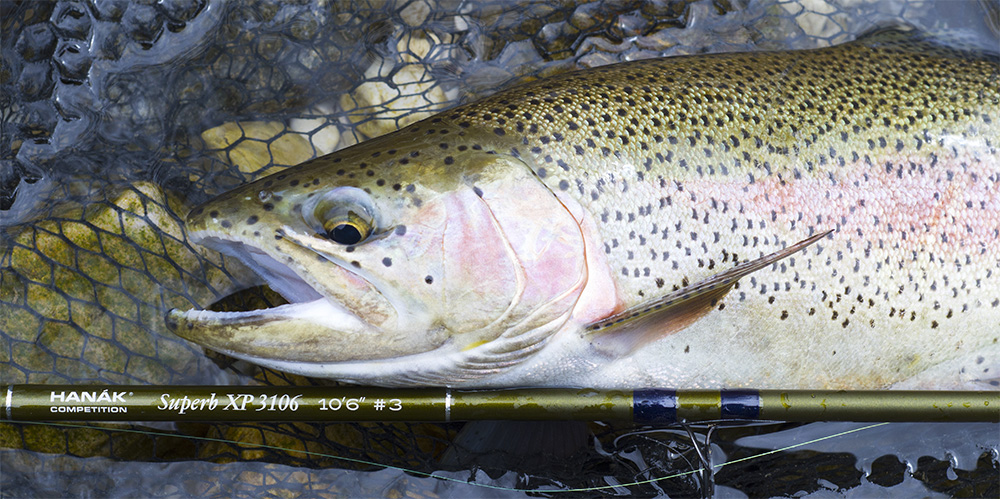
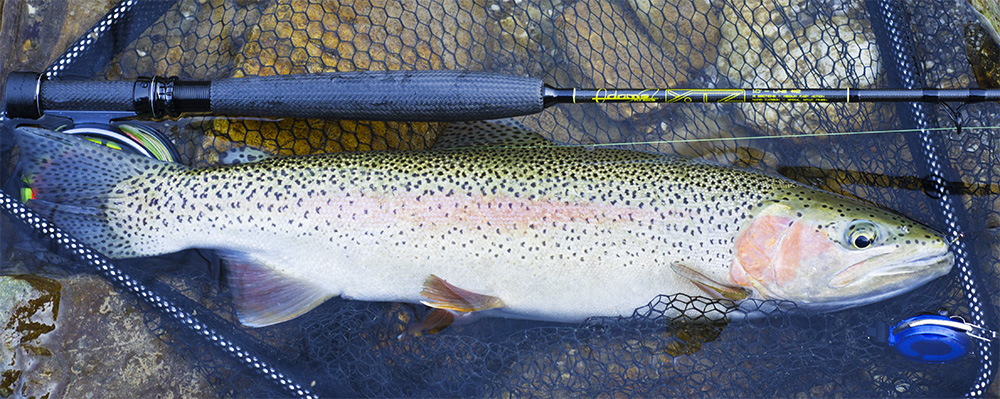
By following these tips and incorporating them into your sight fishing approach, you’ll increase your chances of success and enjoy the thrill of catching trout with nymphs.
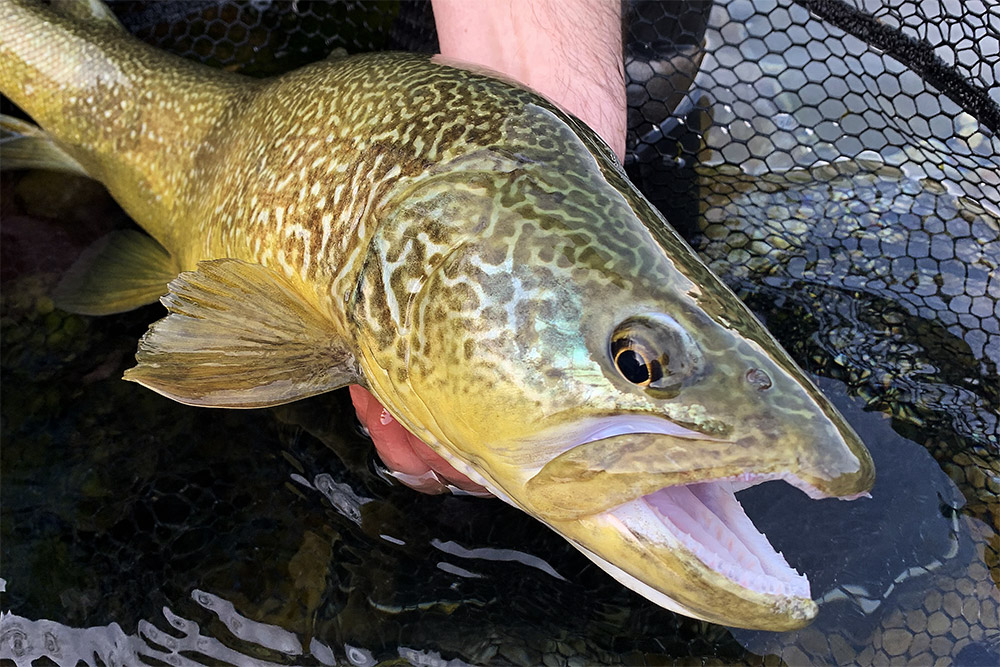

Leave a Reply